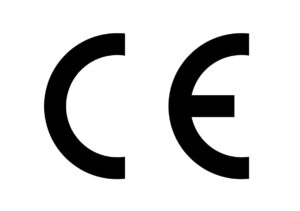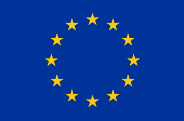
Safe non-food consumer Products in the EU and China
The essential objective of a conformity assessment procedure is to demonstrate that products conform to the requirements expressed in the provisions of all relevant legislation. There are many hazards which can occur in poorly designed and manufactured toys. Fortunately, there are harmonised standards which can assist in the design process.
The manufacturer must, however, think about more than just the design process. They must consider the product’s normal period of use i.e. throughout its lifetime. Consideration should also be given to who will be using the toy and how it might be accidentally misused.
A conformity assessment procedure is required for every single toy for the EU market. Toy manufacturers have this obligation whether they make complex electronic toys or basic simple wooden toys. The assessment of the conformity of a toy must be done before a toy is placed on the market.
To comply with legal requirements, manufacturers have to follow six necessary steps in order to make their products ready for the market:
1) Identify the directive(s) and harmonised standards applicable to the product.
The essential requirements products have to fulfil (e.g. safety) are harmonised at EU level and are set out in general terms in the Directives. For toys, the key law is the Toy Safety Directive. However, depending on the toy, it is possible that other legal requirements will apply. For example, toys may be supplied with a transformer which is deemed an electrical product, in which case the Low Voltage Directive which covers electrical products will also apply. A manufacturer must demonstrate that all applicable legal requirements are met.
Harmonised European standards are issued with reference to the applied directives and express in detailed technical terms the essential requirements.
2) Verify the product-specific requirements.
It is up to manufacturer to ensure that his product complies with the essential requirements of the relevant EU legislation. Full compliance of a product to the harmonised standards gives to the product the “presumption of conformity” with the relevant essential requirements.
It is important for manufacturers to understand the relevant toy safety standards EN71 and if they produce electrical toys, EN62115 in addition.
3) Identify whether an independent conformity assessment is required from a Notified body.
Each directive covering a particular product specifies whether an authorised third party (Notified Body) must be involved in the conformity assessment procedure necessary for CE marking. For toys there are two options.
Self-verification: This is used in most cases where harmonised standards cover all relevant safety aspects of a toy. In such instances, the manufacturer must apply the existing harmonised standards and ensure that the toy is in conformity. This will apply to most toy manufacturers as the preferred verification route, especially because it is often the cheaper way to conformity.
Third party verification or often called EC type examination: This must be completed by a notified body. The notified body examines the technical design of the toy and verifies it meets the requirements of the Toy Safety Directive.
Further information can be found in the ‘Conformity assessment’ module.
4) Test the product and check its conformity to the EU legislation.
Risk assessment plays an important part in the procedure. By applying the relevant harmonised European standards, the manufacturer will be able to fulfil the essential legislative requirements of the directives.
5) Draw up and keep available the required technical documentation.
The manufacturer has to establish the technical documentation required by the Directive(s) for the assessment of the product’s conformity to the relevant requirements and a risk assessment. Together with the EC declaration of conformity, the technical documentation must be presented on request to the competent national authorities.
6) Affix the CE mark to your product and EC Declaration of Conformity.
The CE Marking must be affixed by the manufacturer, according to its legal format visibly, legibly and indelibly to the product or its data plate. If a Notified Body was involved in the production control phase, its identification number must also be displayed. The essentials of the CE mark are:
Further information can be found in the ‘CE marking’ module.
Learn more about the Toy Safety Directive
Learn more about the Toy Safety Directive on the European Commission website
Learn more about conformity assessments and how they work in practice
Learn more about CE marking
Regulation 765/2008 contains details about the CE mark in Annex II and its use.
This is an example of the CE mark and it is available in different formats to download from the European Commission website.

Visual example of Conformity assessment process

This website was created and maintained with the financial support of the European Union. Its contents are the sole responsibility of SPEAC project and do not necessarily reflect the views of the European Union.